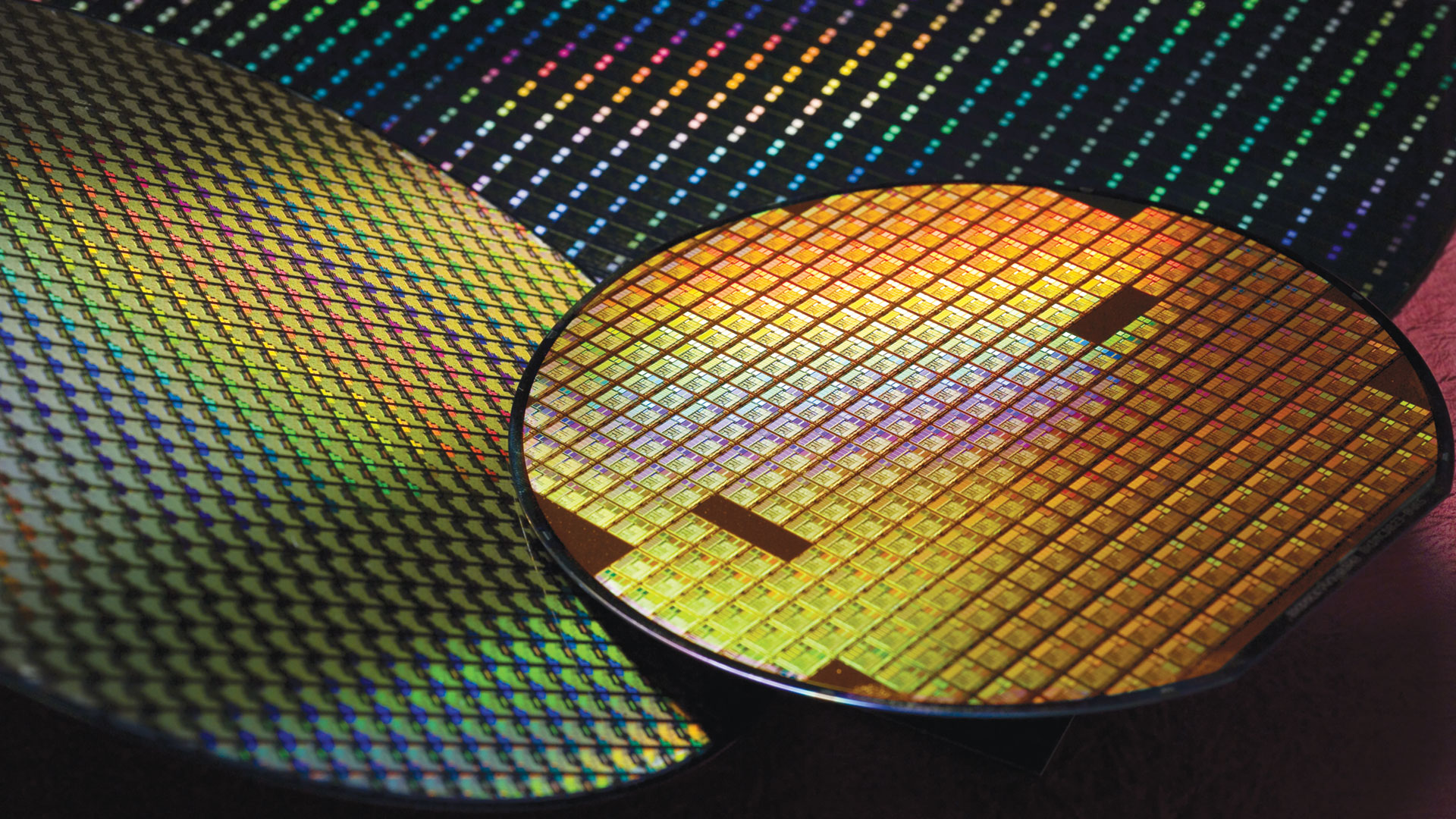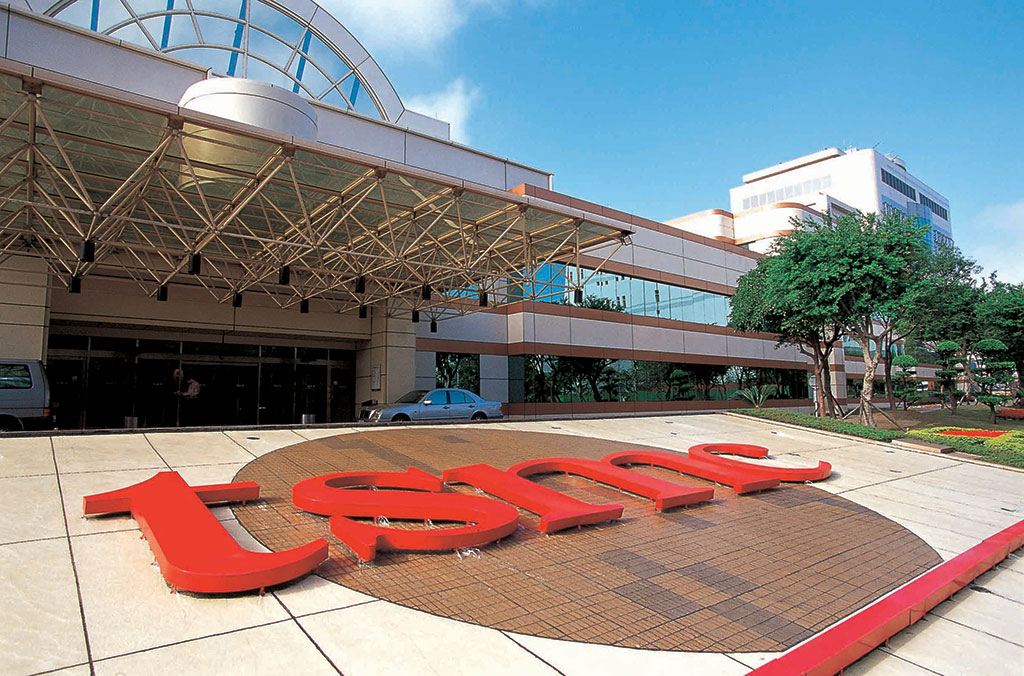Good news. TSMC has a pair of 2nm fabs under construction and expects to start banging out chips made on the new node in volume next year. That’s important, because if we want faster graphics cards, we need more advanced silicon. The problem is how expensive that 2nm silicon might be.
Those first two 2nm fabs producing silicon on what TSMC calls its N2 node are both in Taiwan, where TMSC focusses for its most cutting-edge chip production.
“Our N2 technology development is progressing well with device performance and yield on track or ahead of plan. N2 is on track for volume production in 2025 with a ramp profile similar to N3,” says C. C. Wei, TSMC’s CEO (via Anandtech).
Wei also says that a version of TSMC’s N2 node will implement a similar backside power routing solution that Intel is touting for its 20A silicon, due next year in the Arrow Lake family of CPUs.
“As part of our N2 technology platform, we also developed the N2 with backside power rail solution, which is better suited for specific HPC applications based on performance, cost and maturity considerations.”
Intel reckons backside power is a major hallelujah moment for chip production. If that’s true, TSMC’s N2 node could be an even bigger jump in performance and efficiency than usual.
So, according to TSMC at least, it’s all steam ahead with a new node that’s performing well and will arrive on time, enabling even more complex and powerful chips. It is, of course, TSMC that currently makes both RTX 40 family of graphics chips and AMD’s RX 7000 series. Oh and Intel’s ARC GPUs.
Speaking of Intel, it’s not standing still, what with news today of the formal opening of a new $3.5 billion fab of its own in New Mexico that will specialise in producing the latest CPUs composed of chiplets, as seen in the new Meteor Lake laptops processors.
So, if N2 is all that TSMC cracks it up to be, we have at least two generations of GPUs ticked off in terms of more advanced silicon production nodes. That’s because the latest GPUs are built on TSMC’s N5 node (or variations on it including N4). The next generation of graphics will likely be on TSMC’s N3 silicon arrive later this year, with GPUs on this new N2 process probably announced in late 2026 or thereabouts.
(Image credit: Dan Nystedt)
If that’s all promising, the snag could be the aforementioned sordid matter of money. According to financial analyst Dan Nystedt, the cost of a silicon wafer of chips produced by TSMC has nearly doubled from around $3,500 to just under $7,000 today.
(Image credit: Future)
Best CPU for gaming: The top chips from Intel and AMD
Best gaming motherboard: The right boards
Best graphics card: Your perfect pixel-pusher awaits
Best SSD for gaming: Get into the game ahead of the rest
And that’s just the average cost. Some analysts claim TSMC now charges as much as $20,000 per wafer for chips made on its latest N3 node. Intriguingly, despite increasing prices TSMC’s production volumes are actually falling.
In the final quarter of 2023, TSMC says it shipped 2,957 million advanced 300mm class wafers. In the same quarter in 2022, that figure was 3,702 million. All of which makes for a slightly mixed picture.
However, it does seem highly likely that future GPUs will only be more costly to produce on TSMC’s N3 and N2 nodes compared to today’s N5-derived silicon. So, if you were hoping that we might eventually get back to the days when $400 bought you a fairly high end graphics cards, well, sorry to be a downer, but it really doesn’t look like that’s going to happen.











